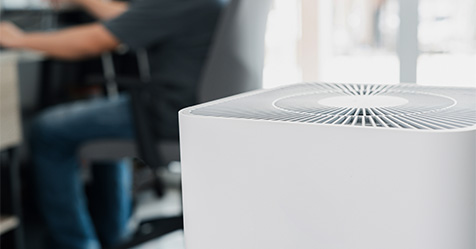Effective Hotel Hygiene Can Reduce Spread of Germs by 80%
The fridge door handle in food service areas was the most frequently touched surface.
As cold and flu season approaches and COVID-19 levels remain very high across parts of the United States, a study from Reckitt’s Lysol Pro Solutions tracks the journey of a germ in a professional setting to reveal that hotels which implement effective hygiene measures can help reduce the spread of germs in public spaces by 80%.
During the colder months, people tend to spend more time indoors in communal spaces when they visit facilities such as hotels, which can increase the spread of germs between people and surfaces. To discover more about how germs spread, and which surfaces act as hotspots for transmission, Lysol Pro Solutions conducted a study in the public areas of a hotel lobby using a “tracer”— a special microbe that replicates a virus but is harmless to humans.
The findings reveal:
- The fridge door handle in food service areas was the most frequently touched surface.
- In a two-hour period, more than 50% of people who entered the hotel touched two or more surfaces, such as countertops and door handles, often in food and hospitality areas. • The tracer spread from a door handle and elevator button to 13 other surfaces in a 4-hour period.
- By adopting an effective hygiene approach—in which germ hotspots are cleaned and disinfected at the appropriate time and frequency to help break the chain of transmission—the risk of germs spreading after someone has touched a surface was reduced by 80%.
“Hygiene isn’t just about products and cleaning, it’s about understanding how people interact with spaces,” said Dr. Lisa Ackerley, independent chartered environmental health practitioner. “This study showed that hands pick up germs from surfaces and spread them around high-traffic spaces. While the study was conducted in a hotel, it applies to common areas in commercial buildings, in general. You’ve probably heard of the six degrees of separation. Consider applying this to what you’ve touched, and it becomes clear that when you touch an object in a public space, you may be connecting with many others and sharing germs.
“Ensuring a commercial space looks clean is only half the battle,” Dr. Ackerley continued. “Protecting people is also an integral part of upholding good customer service standards.”


